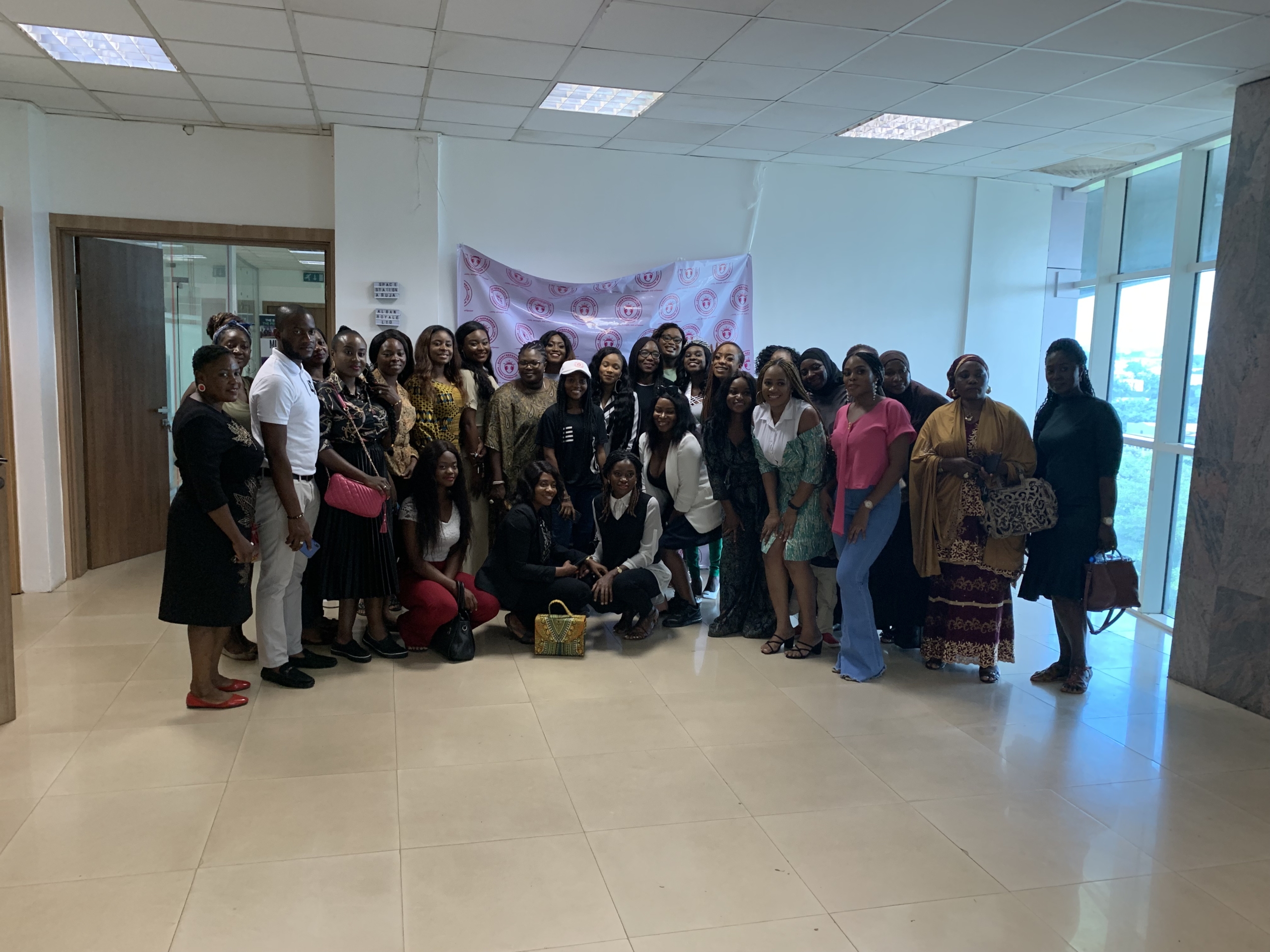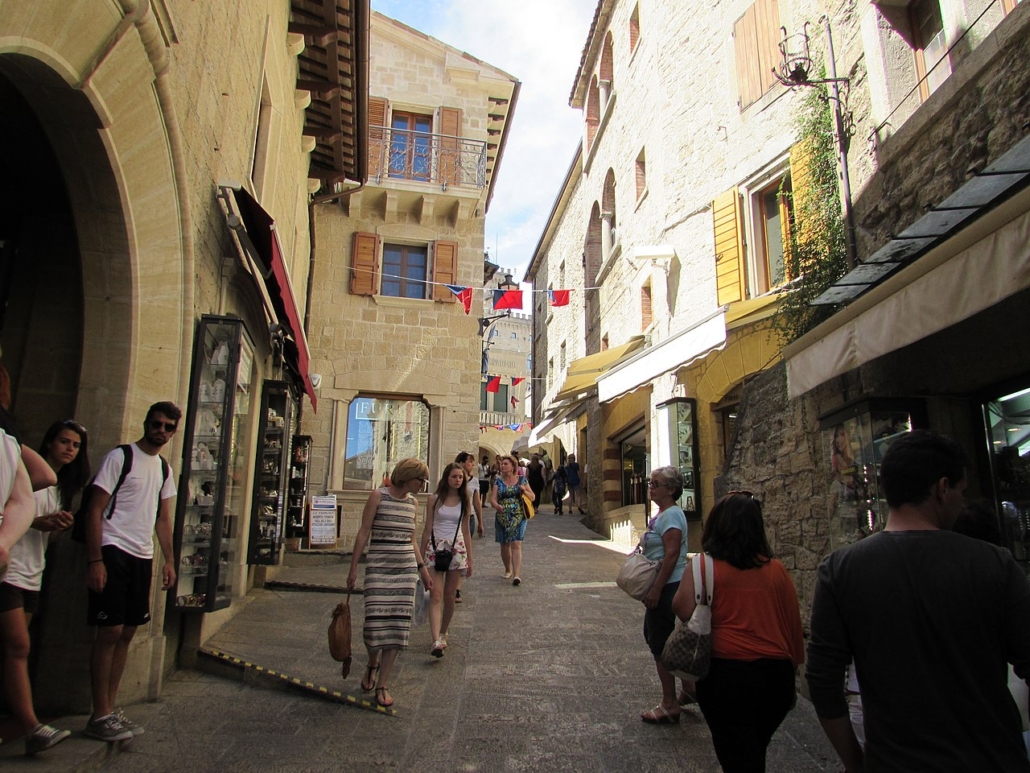 Recent statistics show that the country of San Marino has a suicide rate of 7.59. In comparison, the worldwide average suicide rate as of 2021 is 8.9. Additionally, suicide rates have also dropped in the country, with an 8.01 rate in 2020 and a 7.59 rate in 2021, showing that mental health in San Marino receiving attention on a considerable level.
Recent statistics show that the country of San Marino has a suicide rate of 7.59. In comparison, the worldwide average suicide rate as of 2021 is 8.9. Additionally, suicide rates have also dropped in the country, with an 8.01 rate in 2020 and a 7.59 rate in 2021, showing that mental health in San Marino receiving attention on a considerable level.
After the COVID-19 pandemic, San Marino experienced a concerning decrease in the mental health of its citizens and faced hard decisions on how to reintegrate citizens into a post-pandemic lifestyle. Over the last five years, San Marino has found that deteriorating mental health has links to stress, economic pressure and social isolation.
Community-centered environments are a strong deterrent against declining mental health and offer relief from stress, pressure and isolation. Because mental health decreased at the same time social isolation increased during the pandemic, the country focused on creating suitable community-based programs for citizens young enough to be in middle school, and old enough to be in retirement homes.
Mental Health for Old and Young Citizens
To specifically address mental health concerns in younger citizens, San Marino employs many awareness programs that work directly with public education in the country. These awareness programs started in 2021, prompted by COVID-19. The awareness programs involve partnering with police and substance abuse facilities for events to educate students and create environments where they can easily talk about depression and mental strain. Negative mental health for young citizens has almost always had links to academic pressure; citizens who could not perform well in school often felt frustrated and stuck. Interestingly, to San Marino, this meant that if public education could be improved upon and more accommodating for different students, then overall mental health in young citizens would generally increase.
Similar to young citizens, the country found that most of its older citizens over the age of 60 suffer from low mental health, largely due to social isolation. After partnering with the regional office of the Parliamentary Assembly of the Mediterranean (PAM), San Marino addressed many concerns with the mental health of older citizens. The country was able to employ more social services for older citizens, and further partnered with the World Health Organization (WHO) to allow community-based help. The country originally partnered with the WHO in 2013, but after the COVID-19 pandemic in late 2020, the country and the WHO made additional projects and plans to facilitate positive mental health.
Since 2020, San Marino’s citizens over 60 years old have had stable and improving mental health. Instead of the majority of elderly people living in retirement homes, the WHO has made it so that systems of care are in place where the majority of elderly citizens can grow old without leaving their original homes. Lowering feelings of depression among the elderly and promoting community-based involvement in neighborhoods due to the system of care in place.
Efforts To Address Mental Health in San Marino
Organizations like the WHO and PAM go to great lengths to ensure that countries like San Marino are well equipped to give citizens an environment that promotes mental well-being. The country also adopted the philosophy of “Parlare Aiuta” or Talking Helps, a national campaign promoting the openness of receiving care for poor mental health and quality conversations around the subject with the correct tones and vocabulary.
San Marino found that in many ways, at least for a small country, the best way to encourage positive mental health is to have productive conversations around the topic. Raising awareness with statistics is not enough; poor mental health has a connection to social isolation, so one of the best ways to help is to encourage citizens to educate themselves on the issue so they can have meaningful conversations when necessary.
Poverty is a contributing factor to poor mental health, but it has remained stable in San Marino over the last several years. The overall poverty rate in San Marino has stayed below 8%. In contrast, the average poverty rate worldwide is about 8.5%.
– Russell Bivins
Russell is based in Phoenix, AZ, USA and focuses on Good News for The Borgen Project.
Photo: Wikipedia Commons
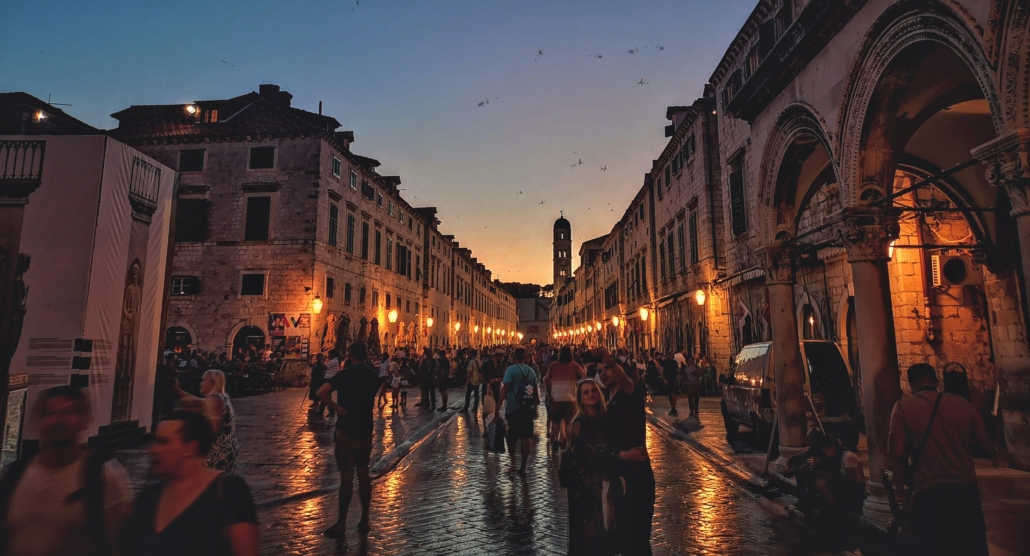
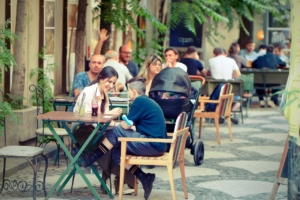
 According to Humanium, around 3.5 million children are affected by
According to Humanium, around 3.5 million children are affected by  Recently, the World Bank
Recently, the World Bank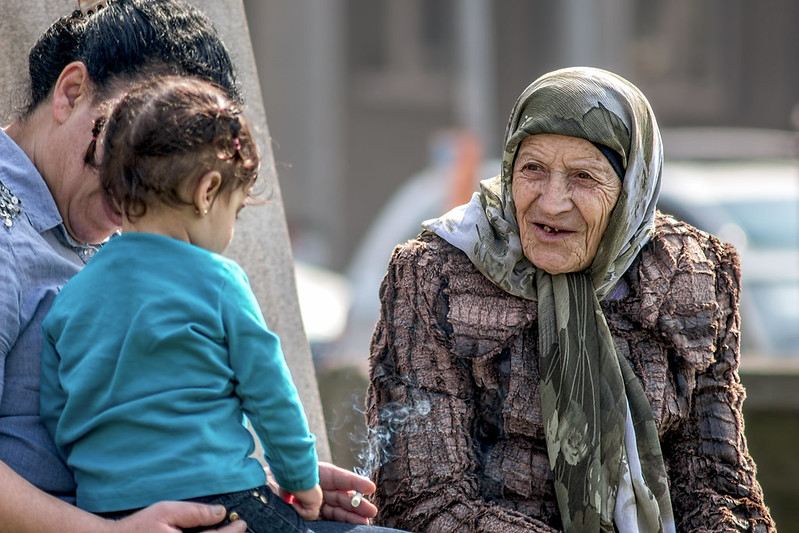 The COVID-19 pandemic had a profound impact on countries worldwide, including the Czech Republic. With income poverty rates
The COVID-19 pandemic had a profound impact on countries worldwide, including the Czech Republic. With income poverty rates 
